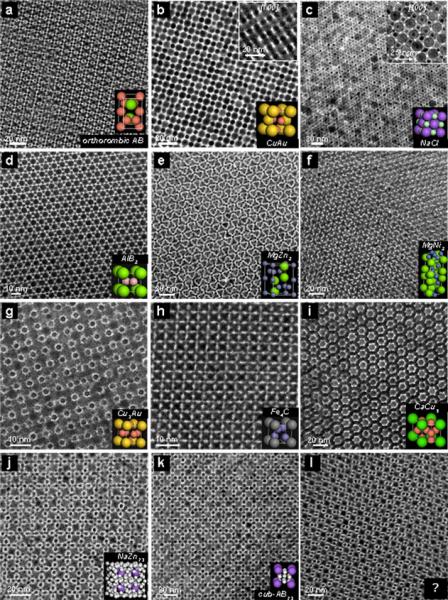
IRG Leaders: Cherie R. Kagan & James M. Kikkawa
Senior Investigators; Marija Drndić, Nader Engheta, Jennifer Lukes, Christopher B. Murray
IRG-4 will identify, understand, and ultimately exploit the novel collective interactions that arise in highly-ordered, multi-component materials assembled at the nanoscale. These materials are “interdimensional” in that complex interactions between low-dimensional constituents (nanoparticles) organized into higher-dimensional assemblies give rise to surprising and even transformative characteristics. All of the matter in these new solids is within a few nanometers of an interface, creating strong interplay between building blocks whose collective responses are then shaped by the long-range order of their interfacial network. In analogy to conventional atomic solids, ordering in multi-component solids with nanocrystal superlattices (NSLs) can evolve pairwise local interactions into long-range influences that couple photonic, phononic, magnetic, and electronic responses. The IRG will focus on the modular assembly of two or more types of nanostructures into a wide range of multi-component materials where a high degree of order can transform the properties of the assembly. Inter-dimensional material architectures include families of highly ordered binary nanocrystal superlattices (BNSLs) and quasicrystals, precise-number nanocrystal clusters formed by templated assembly, and the first co-crystallization of nanorods and nanospheres. These structural motifs accommodate a wide variety of semiconducting, metallic, phosphorescent, semimetallic, and magnetic nanocrystals, tunable in size (1-100 nm), shape (spheres, rods, cubes, 3- and 6-sided prisms), and surface functionalization.